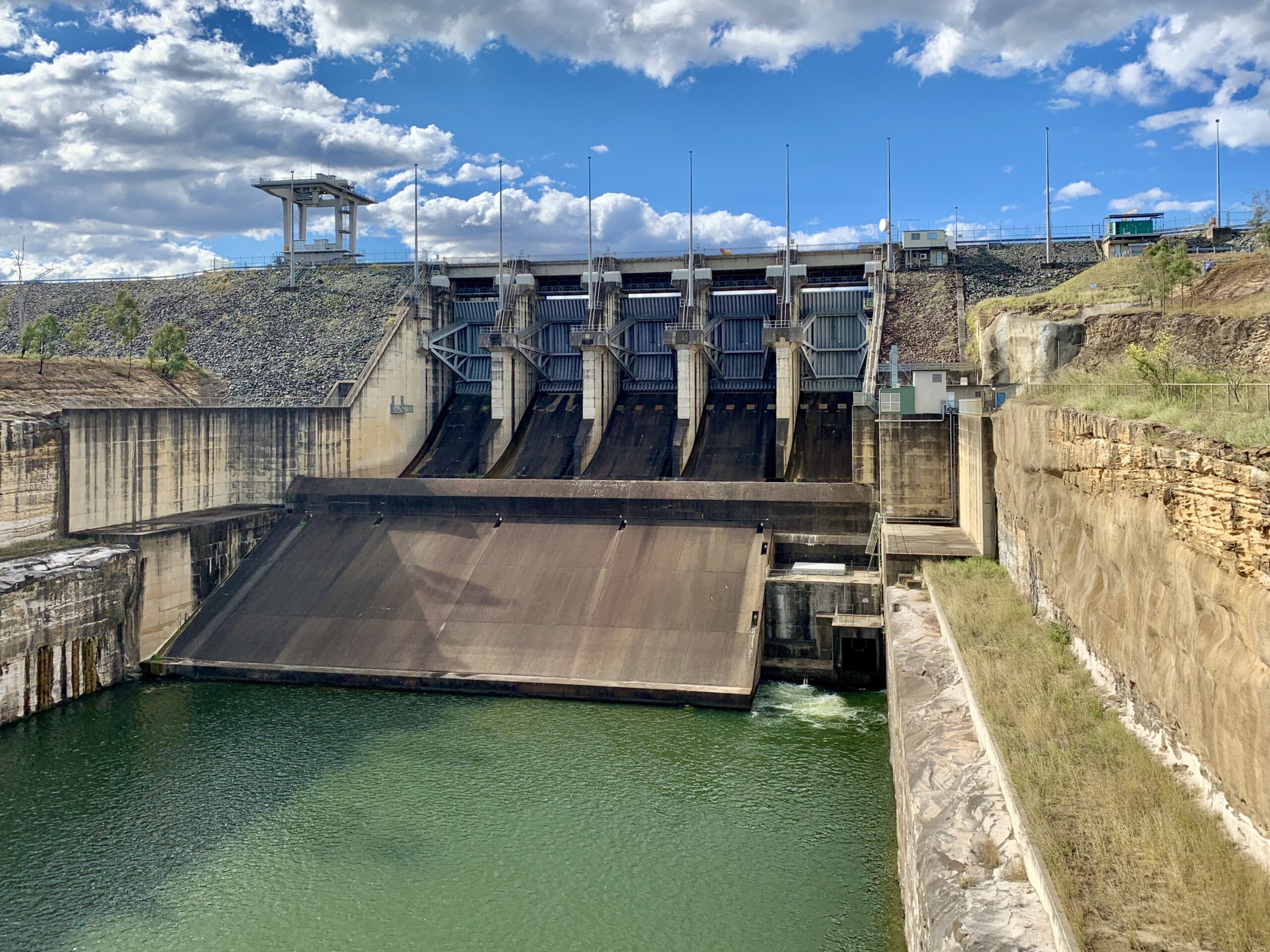HTab Parameters in HEC-RAS
I am working on a one-dimensional (1D) dam-break model in HEC-RAS this week. Typically, I work with 2D HEC-RAS models, so this project has been somewhat challenging. Cross-section placement is an art, and I am slightly out of practice. Anyways, I have been having issues stabilizing the model. This is not an uncommon problem for … Read more
